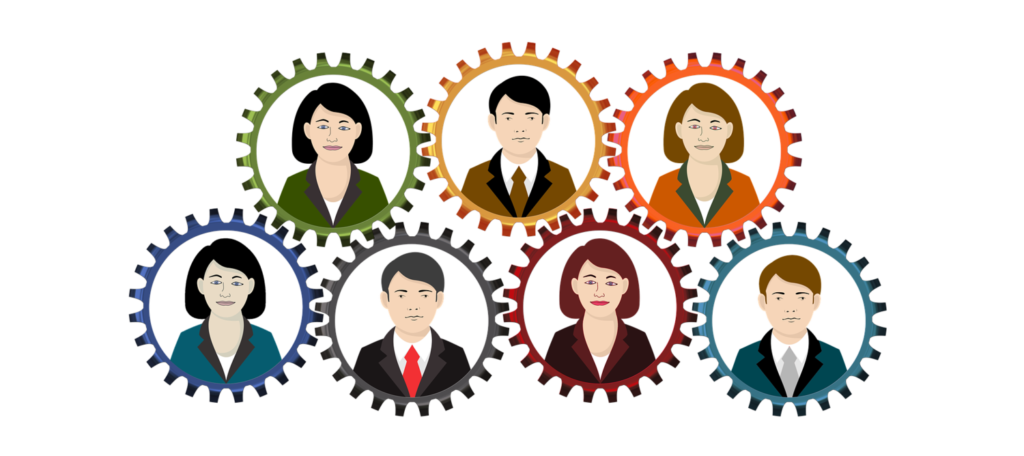
HR must continue to enact policies that eliminate real and perceived social differences
These days, you may be forgiven for thinking women don’t face challenges in the technology sector. There’s Sheryl Sandberg at Facebook, Susan Wojcicki, CEO of YouTube, and Meg Whitman, CEO of HP. The CEO of IBM is Ginni Rometty and Safra Catz is a co-CEO at Oracle. Women are breaking the glass ceiling in technology – so, what’s the problem? I still see a need for more women in key roles throughout the industry. How do we get there?
Perception vs Unconscious Bias
A good place to start is unconscious bias. Unconscious biases are built from the time we are born and continue all through our lives. It affects our perception and how we see people. It impacts our attitude and how we react towards certain people. It impacts our behaviour and how receptive and friendly we are towards certain people, our attention and who we choose to give it to and our listening skills – how much we decide to listen to what others have to say. We need to be conscious of them when hiring, making promotions and other decisions that require an inclusive mind-set. Being more aware of this and being open to relearning means that we can really create more positive experiences for colleagues who are different from us.
Policy – from education to mentorship
Education is a clear route to progress. A logical way of increasing the number of women in the technology sector is to steer girls toward Science, Technology, Engineering and Math (STEM) subjects, producing more female programmers, engineers and the like. But recent research from the Information Systems Audit and Control Association (ISACA) shows that the number of Computer Science degrees awarded to women has decreased since 1984 – and the reasons range from unequal pay to lack of mentoring opportunities, fueling a cycle where young women are discouraged from pursuing a technical education and entering the industry in the first place.
To deal with this problem, we must continue to enact HR policies which eliminate real and perceived differences in the industry. Progress has been made, but ISACA’s research shows that unequal pay, for example, is an ongoing issue. As much as 43% of women believe male colleagues are paid more for the same work. Workplace flexibility continues to be critical to balancing professional life with family: 65% say their employer has flexible work arrangements in place; 60% use them. Once in the workplace, women see mentoring and coaching as a key factor to overcoming career obstacles. ISACA’s research shows that 48% of women see the lack of a suitable mentor as the greatest barrier to progress in their technology careers – and 42% say a lack of female role models is a major barrier too. Finastra’s “Women@Finastra programme” aims to grow the number of women mentors, with several APAC countries selected as testing sites. Learning@Finastra, a dedicated investment programme for women, will focus on a tailored development plan that will continue to equip and inspire women to progress into leadership roles.
Role of executive leadership
Most of all, key initiatives need to be driven at the leadership level in order for them to be successful and well adopted across the organisation. Gender diversity is the first priority right now at Finastra as part of our wider Inclusion programme. We want to drive to engage, develop, attract, and retain women at all stages of their career in partnership with men and women across Finastra. Executive leaders at Finastra are working directly with high potential senior women to provide them more visibility, exposure and advocacy internally and externally.
Soft skills or software?
Here’s an area which could be quite controversial: the default perception that men are more logical and technically-minded, while women’s talents (associated with motherhood and nurturing) are ‘softer’, suiting them for roles in HR or marketing. Whether there is some truth to this perception or not, it poses a question: should women leverage their ‘soft skills’ to reach the top in the ‘soft’ roles, or challenge perceptions and show that women, too, are able to be brilliant programmers or system architects?
We may be accused of being ‘strident’ if we do, but soft skills bring new insights to these areas – and diverse groups generally make better decisions, create more innovative solutions, and often make more profitable businesses. Either way, perceptions of women’s abilities are there to be examined – it’s up to individuals to decide whether to leverage them or challenge them.
The power of belief
While the onus is on organisations to make changes, women can and should help themselves and each other too. No one understands the fears and frustrations faced by a woman than another woman; no one can speak to the solutions that enable women to balance professional lives with home lives.
If too many mentors are male, women should become mentors – for every woman who has benefited from a mentor, someone has given their time and commitment to mentor them. If women draw on so-called ‘soft skills’, they can be more strategic and nuanced in negotiating flexibility and fairer pay. Above all, women must be their own cheerleaders with confidence in their abilities to promote their own interests and speak their minds without the fear of being labelled ‘strident’.
Women can help each other; they have the power to give each other the support they need and opportunities they deserve. Men are getting better at understanding what women need – but women are still their own best allies






